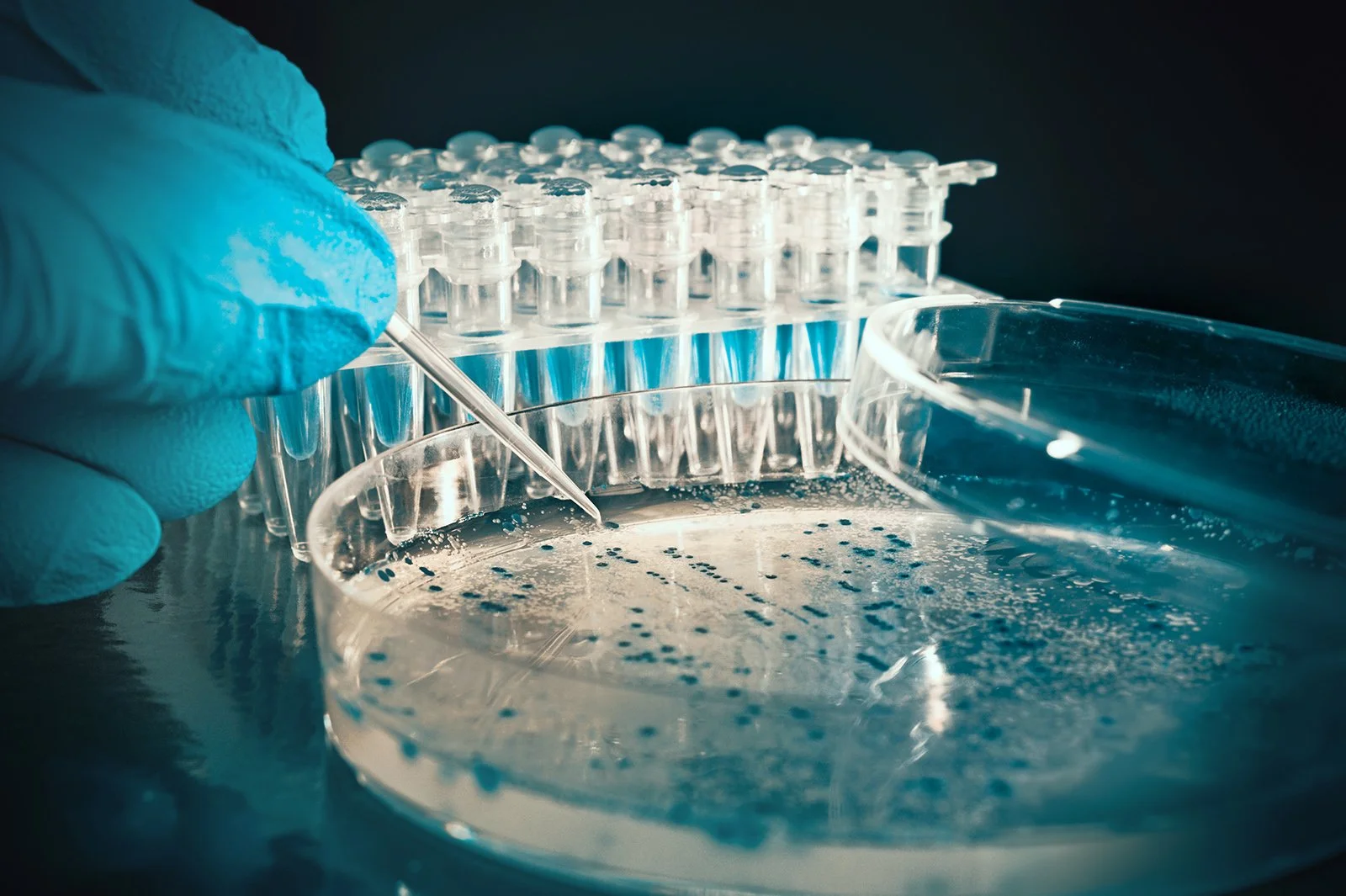The Best Materials for Disease Prevention
A Material Science Guide to Combating E. coli and Other Pathogens
In the modern age of global travel, dense urban living, and evolving pathogens, the surfaces we touch every day can significantly impact public health. While hygiene practices and cleaning protocols remain essential, materials themselves are playing an increasingly proactive role in preventing the spread of infectious agents like Escherichia coli (E. coli), Staphylococcus aureus, Listeria, and Salmonella. This article explores the most effective materials for disease prevention, how they work, and where they are being deployed today.
Why Material Choice Matters in Disease Prevention
Pathogens can survive for hours, or even days, on surfaces like plastic, stainless steel, or textiles. In high-contact environments such as hospitals, food preparation areas, public transport, and schools, these surfaces become potential vectors for disease transmission.
While routine cleaning can mitigate risk, it often falls short between cleanings or in hard-to-reach areas. That’s where materials engineered to inhibit microbial growth provide an added layer of protection. These materials disrupt microbial survival through inherent properties or embedded antimicrobial agents.
1. Copper and Copper Alloys
Copper has been recognized for its natural antimicrobial properties since ancient times. Scientific studies have shown that copper surfaces can kill over 99.9% of bacteria, including E. coli and MRSA, within two hours of contact.
Mechanism of Action: Copper ions disrupt bacterial cell membranes, generate oxidative stress, and interfere with DNA replication, effectively leading to microbial death.
Applications:
Hospital door handles, bed rails, and IV poles
Touch surfaces in public transport and airports
Food processing countertops and tools
Standards & Efficacy: Registered as an antimicrobial surface with the U.S. EPA and tested under ISO 22196.
2. Silver-Infused Polymers
Silver is the most widely used antimicrobial additive in plastics, coatings, and textiles. It is especially effective against Gram-negative bacteria like E. coli.
Mechanism of Action: Silver ions bind to bacterial enzymes and DNA, inhibiting respiration and cell replication.
Applications:
Antimicrobial packaging
Consumer electronics
Medical device housings
Treated fabrics (e.g. hospital gowns, bedding)
Commercial Technologies: Biomaster (Addmaster), Microban, and BioCote silver-based additives are widely used and compliant with EU BPR and EPA regulations.
3. Zinc-Based Surfaces and Coatings
Zinc exhibits broad-spectrum antimicrobial properties, often used as an alternative to silver. Zinc pyrithione and zinc oxide nanoparticles are common agents.
Mechanism of Action: Zinc interferes with microbial enzyme systems and membrane function, weakening or killing the pathogen.
Applications:
HVAC systems and air filters
Painted surfaces and powder coatings
Footwear and sports equipment
Advantages: Less expensive than silver and generally recognized as safe (GRAS) in many regions.
4. Antimicrobial Ceramics and Glass
Ceramic surfaces infused with antimicrobial metals or nanoparticles (e.g. copper, silver, titanium dioxide) offer long-lasting hygiene benefits without compromising aesthetics or durability.
Applications:
Hospital and laboratory wall tiles
Antimicrobial touchscreens and display surfaces
Food service trays and containers
Benefits: Non-porous, easy to clean, and compatible with high-temperature environments.
5. Bio-Inspired and Structurally Engineered Surfaces
Inspired by shark skin or lotus leaves, these surfaces use microscopic patterns to physically resist microbial adhesion and biofilm formation.
Mechanism of Action: Bacteria are unable to attach to or thrive on the surface due to nanoscale topographies.
Applications:
Medical implant coatings
Self-cleaning architectural panels
Touchscreens and public kiosks
Example: Sharklet™ microtopography mimics the pattern of shark skin to resist bacterial colonisation without chemical biocides.
6. Antimicrobial Textiles
Used extensively in healthcare, sport, and hospitality sectors, these fabrics are treated to resist odour, bacterial growth, and staining.
Technologies:
Polygiene StayFresh™: Odour control and antibacterial treatment for apparel and bedding
Applications:
Uniforms and lab coats
Bedding and privacy curtains
Gym towels and sportswear
Note: Long-lasting even after multiple washes when properly bonded.
Emerging Innovations
As material science advances, new disease-fighting surfaces are being developed:
Photocatalytic surfaces (e.g. titanium dioxide) that activate under UV light to destroy microbes
Smart coatings that release antimicrobial agents in response to contamination
Recyclable, bio-based antimicrobial materials with reduced environmental impact
These innovations are increasingly used in high-stakes environments such as space stations, ICUs, and autonomous transport systems.
Conclusion: Selecting the Right Material for the Right Environment
There is no one-size-fits-all solution. The most effective material depends on:
The pathogens of concern (e.g. E. coli vs. viruses)
The environment (e.g. moisture, temperature, abrasion)
End-user needs (e.g. touch sensitivity, appearance, reusability)
When chosen strategically, materials can do far more than simply form surfaces—they can act as active, passive defenders against disease. From hospitals to homes, and from outer space to your smartphone, the materials of tomorrow are being designed with hygiene at their core.
Further Reading
Copper Development Association – Antimicrobial Copper Alloys
https://www.antimicrobialcopper.org
Evidence and regulatory pathways for copper surfaces in disease prevention.
Polygiene StayFresh Technology
https://www.polygiene.com/technologies
Explore silver-based textile treatments for odour and bacterial control.
Addmaster (Biomaster) Silver Ion Additives
https://www.addmaster.co.uk/technologies/biomaster
Long-term silver protection for polymers, coatings and packaging.
Microban Technology Blog
https://www.microban.com
Insights on antimicrobial science, safety, and applications.
BioCote: Antimicrobial Solutions for Built Environments
https://www.biocote.com
Case studies and treated product applications.
WHO Infection Prevention and Control
https://www.who.int/teams/integrated-health-services/infection-prevention-control
Guidelines and recommendations for managing infectious disease transmission in health care and beyond

